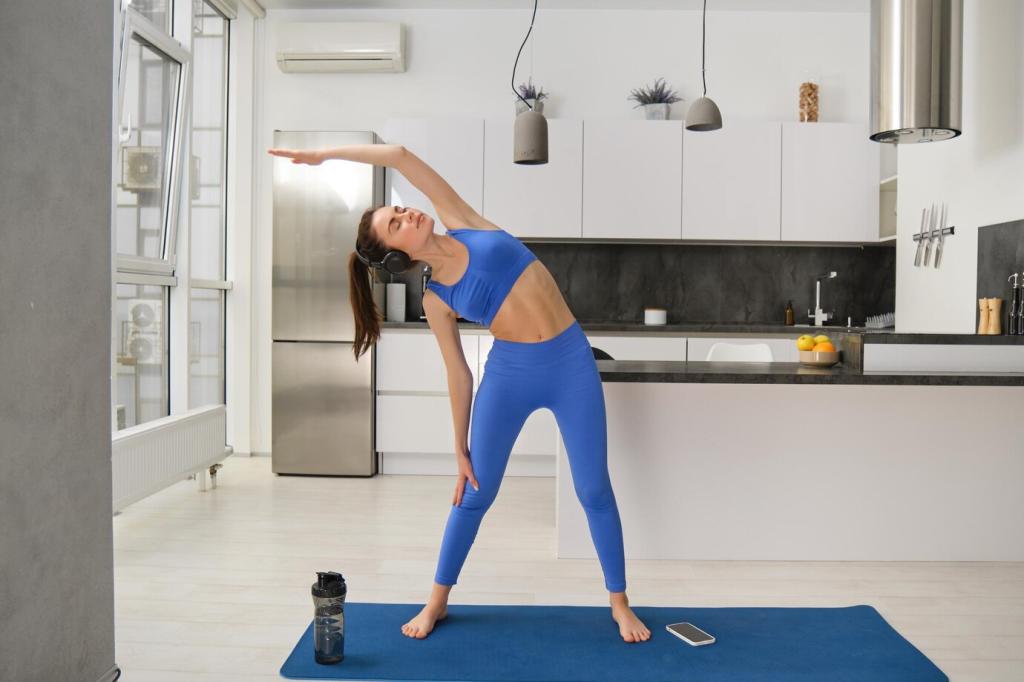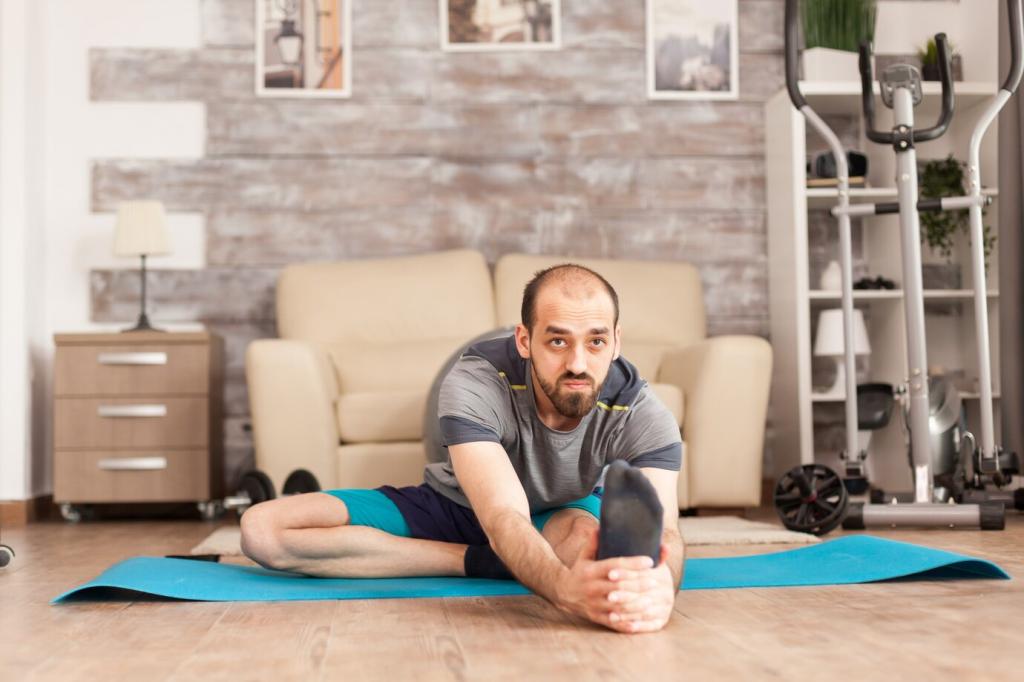Laying the Groundwork: Understanding Your Breath
Place a palm on your belly and another on your ribs; notice the wave of the inhale rising and the exhale softening down. This simple check-in builds real proprioception, easing tension and refining every breathing technique you’ll learn.
Laying the Groundwork: Understanding Your Breath
Breathing through the nose filters, warms, and humidifies air while engaging nitric oxide pathways that support focused calm. Treat it as your default setting, especially when practicing yoga postures that challenge balance, stamina, and mindful attention.
Laying the Groundwork: Understanding Your Breath
Sit tall on a folded blanket, lengthen the back of your neck, and relax your jaw. A neutral, buoyant spine frees the diaphragm to move. Share your favorite posture tweaks in the comments and inspire fellow readers.




